A novel method of characterizing the structural and chemical evolution of silicon and a thin layer that governs battery stability may enable better, cheaper batteries.
Tag: Batteries
Bottling Clean Energy in Chemical Bonds
Of the various methods to store renewable energy, one stands out for holding onto energy for months at a time: storing energy in the chemical bonds of molecules such as hydrogen.
New type of wireless charger can charge multiple devices simultaneously
New technology developed at Aalto University may be the key to true wireless charging. The new transmitter creates power transfer channels in all directions, automatically tuning channels when receiving devices are in motion.
Sandia designs better batteries for grid-scale energy storage
Researchers at Sandia National Laboratories have designed a new class of molten sodium batteries for grid-scale energy storage. The new battery design was shared in a paper published today in the scientific journal Cell Reports Physical Science.
Save The Date: AIP Publishing Horizons Meeting Examines Energy Storage and Conversion
Energy conversion and storage is a critical part of modern society as applications continue to develop at a rapid pace. At the 2021 AIP Publishing Horizons Virtual Conference, researchers will unveil and discuss the latest advances in energy science and how the field will change over the next decades. In addition to speaker sessions, a poster program will provide a wide view of the exciting research going on now by scientists around the world.
Exploring the Electrochemistry of Water-Based Batteries
Researchers at Stony Brook University (SBU) and the U.S. Department of Energy’s (DOE) Brookhaven National Laboratory have identified the primary reaction mechanism that occurs in a rechargeable, water-based battery made from zinc and manganese oxide. The findings, published in Energy and Environmental Science, provide new insight for developing grid-scale energy storage.

Longer-lived lithium-metal battery marks step forward for electric vehicles
Researchers have increased the lifetime of a promising electric vehicle battery to a record level.
Internships Put Futures in Flight
PNNL intern Ki Ahn spent this past year as an undergraduate at PNNL gaining hands-on research experience in clean energy storage technologies for vehicles and aviation. Ahn is enrolling in Stanford University this fall to finish his bachelor’s degree. With plans to major in mechanical engineering or computer science, he wants to explore how future aircraft technologies can be designed to reduce harmful environmental effects.
Scientists Discover New Approach to Stabilize Cathode Materials
UPTON, NY—A team of researchers led by chemists at the U.S. Department of Energy’s (DOE) Brookhaven National Laboratory has studied an elusive property in cathode materials, called a valence gradient, to understand its effect on battery performance. The findings, published in Nature Communications, demonstrated that the valence gradient can serve as a new approach for stabilizing the structure of high-nickel-content cathodes against degradation and safety issues.
Story tips: Un-Earthly ice, buildings in the loop, batteries unbound and 3D printing for geothermal
ORNL story tips: Un-Earthly ice, buildings in the loop, batteries unbound and 3D printing for geothermal
Compound Commonly Found in Candles Lights the Way to Grid-Scale Energy Storage
A compound used widely in candles offers promise for a much more modern energy challenge—storing massive amounts of energy to be fed into the electric grid as the need arises.
Editors’ Choice—Quantifying the Impact of Charge Transport Bottlenecks in Composite Cathodes of All-Solid-State Batteries
All-solid-state lithium batteries have the potential to provide increased energy and power density compared to conventional lithium-ion batteries with a liquid electrolyte. The charge transport within solid electrolyte-based composite cathodes determines the C-rate capability and ultimately the overall performance of…

Nina Balke: Then and Now / 2011 Early Career Award Winner
Nina Balke is a senior research scientist at the Center for Nanophase Materials Sciences, studying Li-ion batteries to eliminate performance bottlenecks, understand performance fade, and design better batteries from the bottom up.
New batteries give jolt to renewables, energy storage
Cornell University researchers have been exploring the use of low-cost materials to create rechargeable batteries that will make energy storage more affordable. Now, they have shown that a new technique incorporating aluminum results in rechargeable batteries that offer up to 10,000 error-free cycles.

First closeups of how a lithium-metal electrode ages
They discovered that the nature of the battery electrolyte, which carries charge between the electrodes, has a big impact on aging – a factor that needs to be taken into account when developing electrolytes that maximize a battery’s performance.
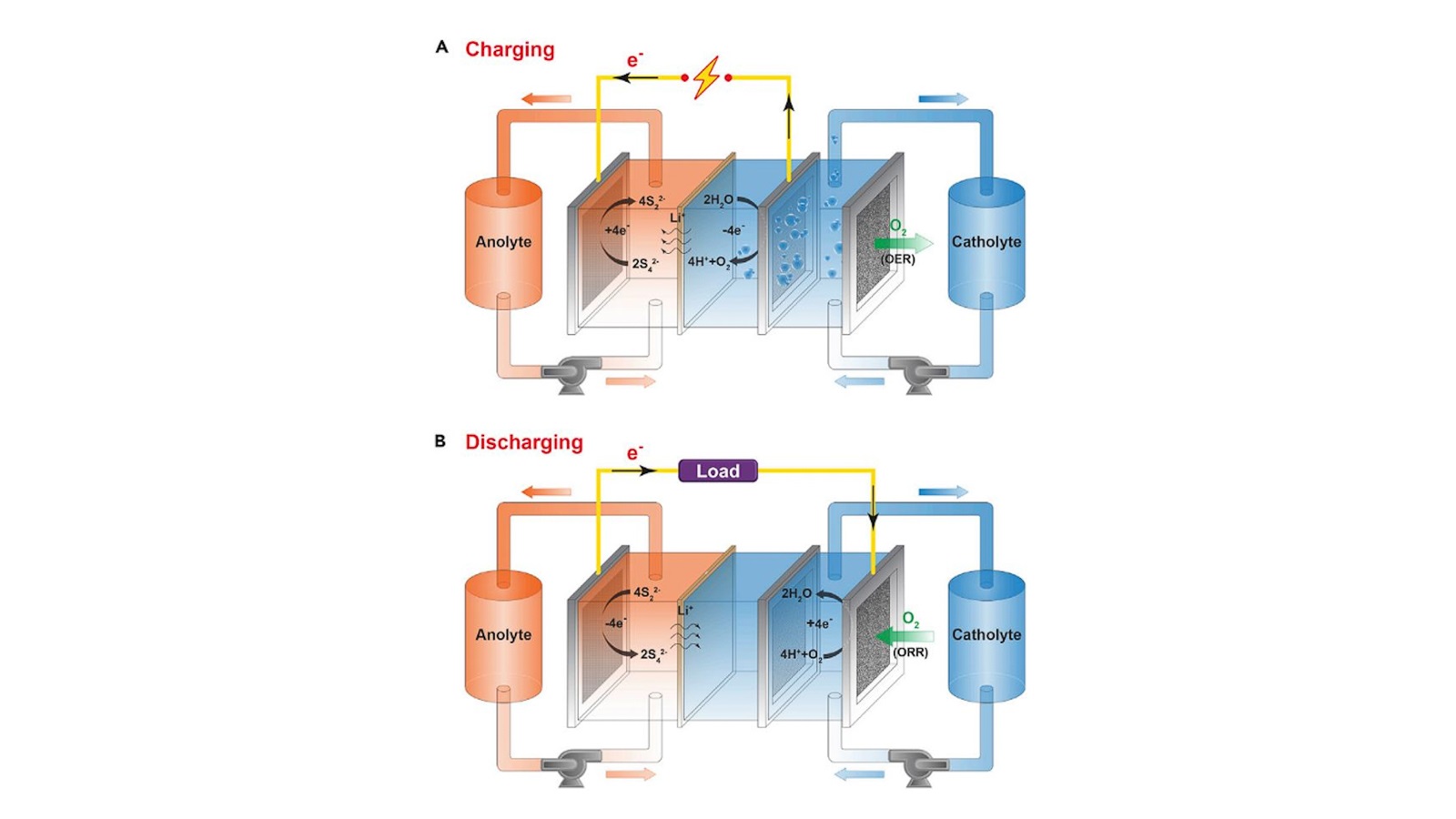
Reshaping the future of the electric grid through low-cost, long-duration discharge batteries
Research begun at the Department of Energy’s Joint Center for Energy Storage Research and continued at spinoff company Form Energy may launch a new era of renewable energy.

Story tips: Urban climate impacts, materials’ dual approach and healing power
ORNL identifies a statistical relationship between the growth of cities and the spread of paved surfaces. // ORNL successfully demonstrates a technique to heal dendrites that formed in a solid electrolyte. // ORNL combines additive manufacturing with conventional compression molding.
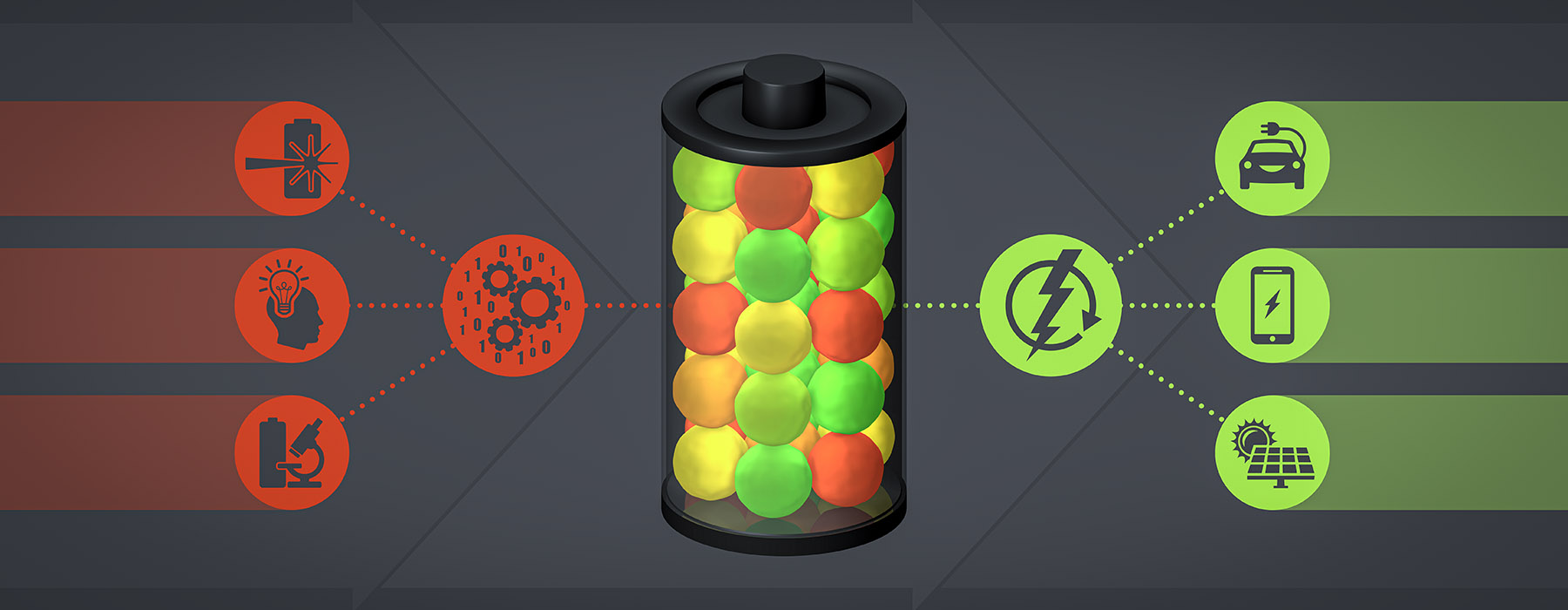
In a leap for battery research, machine learning gets scientific smarts
Researchers combined machine learning with knowledge gained from experiments and equations guided by physics to discover and explain a process that shortens the lifetimes of fast-charging lithium-ion batteries.
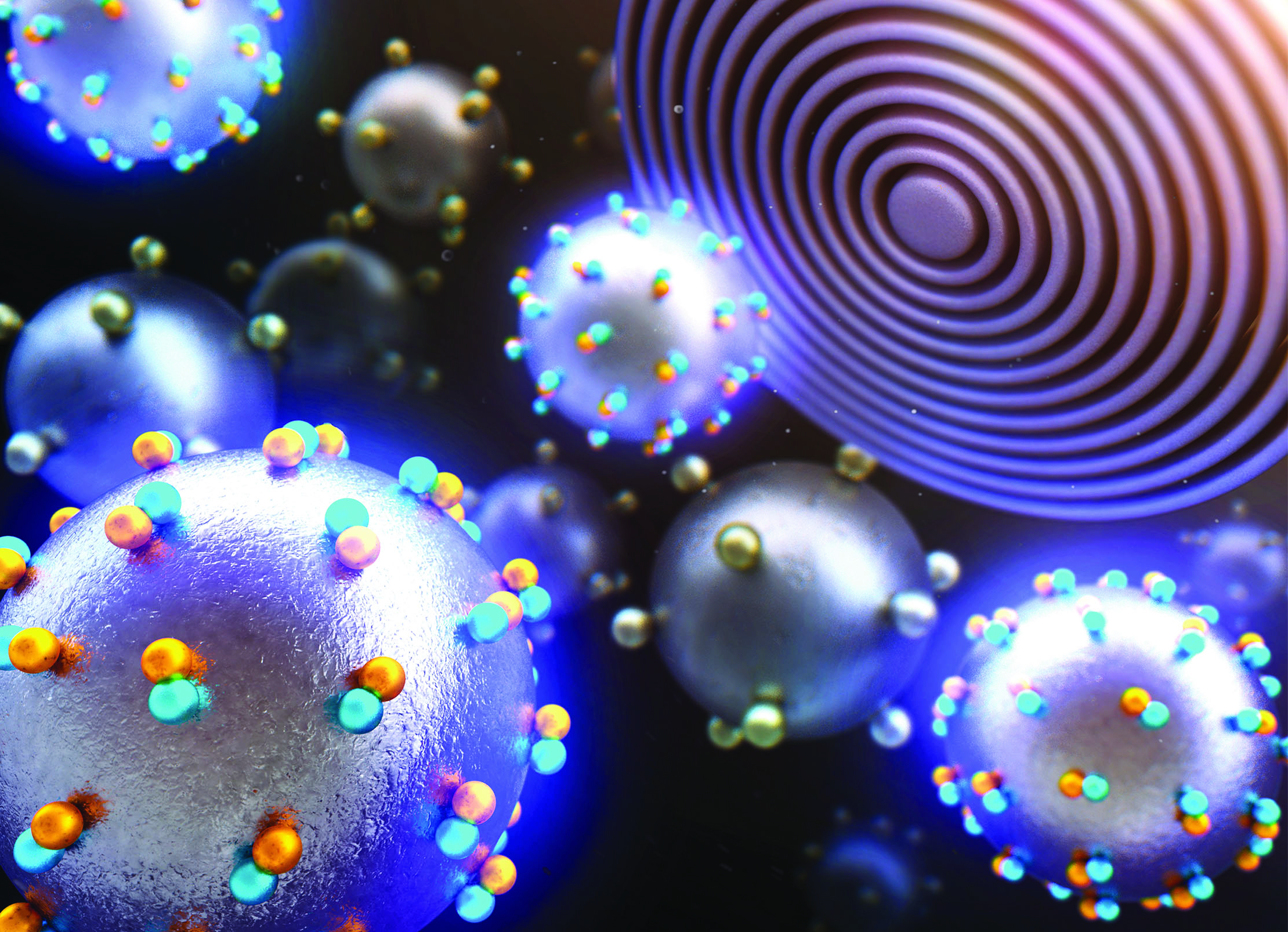
A COSMIC Approach to Nanoscale Science
COSMIC, a multipurpose X-ray instrument at Berkeley Lab’s Advanced Light Source, has made headway in the scientific community since its launch less than 2 years ago, with groundbreaking contributions in fields ranging from batteries to biominerals.
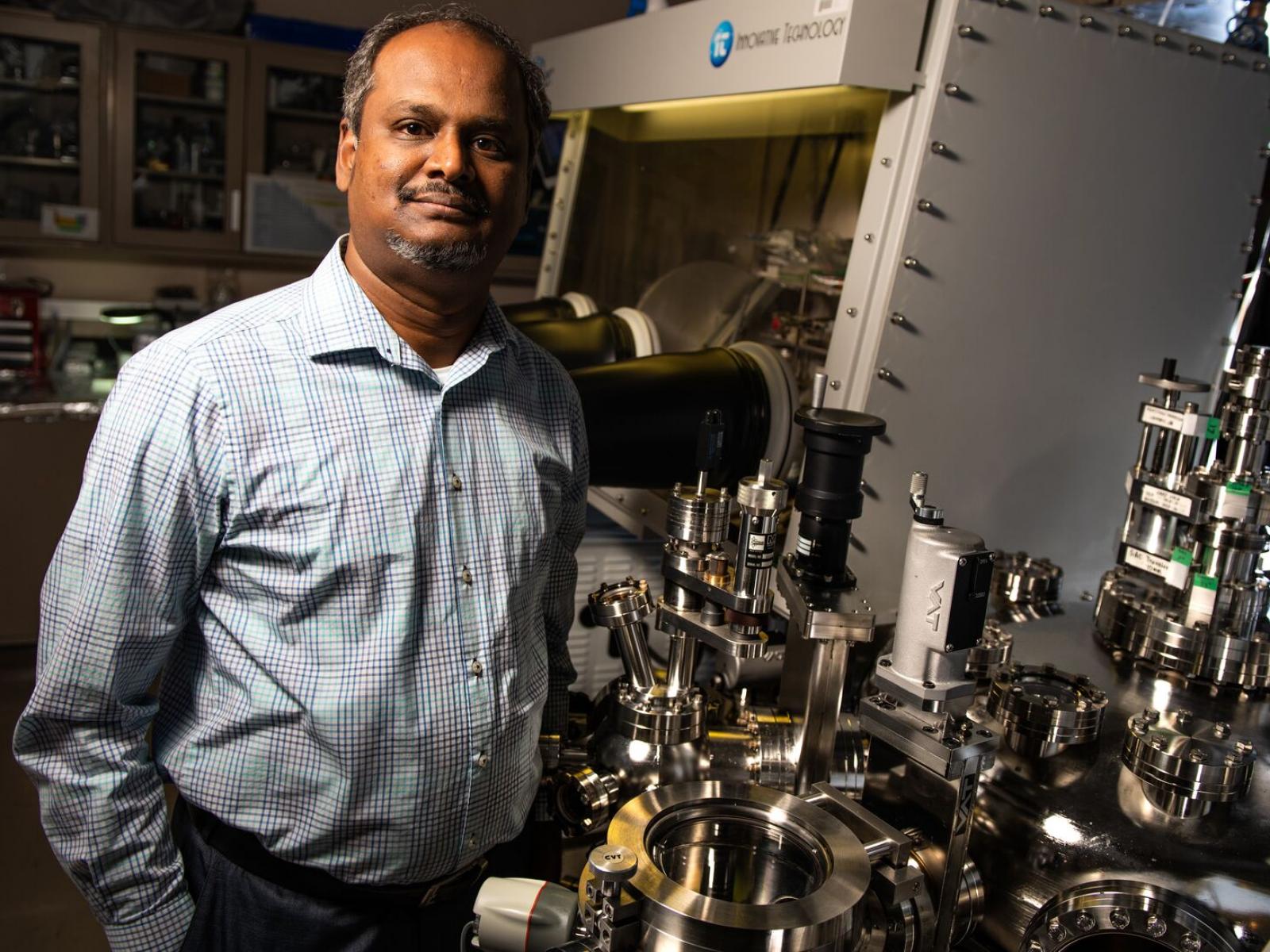
The Right Stuff to Find the Right Materials
As he prepares to enter PNNL’s Energy Sciences Center later this year, Vijayakumar ‘Vijay’ Murugesan is among DOE researchers exploring solutions to design and build transformative materials for batteries of the future.

PNNL Energy Sciences Center Will Help Realize Clean Energy Future
New 140,000-square-foot facility will advance fundamental chemistry and materials science for higher-performing, cost-effective catalysts and batteries, and other energy efficiency technologies.
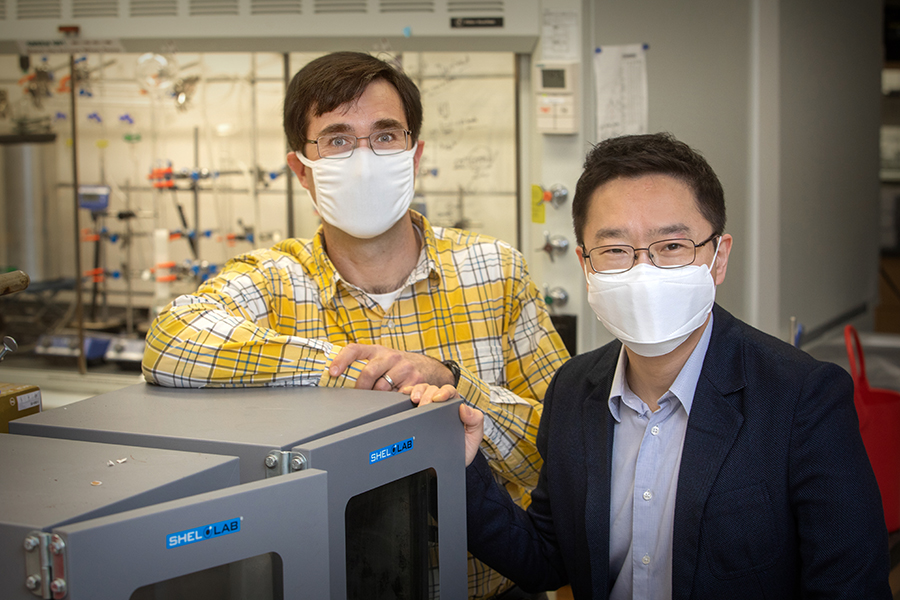
FSU researchers develop battery component that uses compound from plants
A Florida State University research team has developed a way to use a material found in plants to help create safer batteries. Using the organic polymer lignin — a compound in the cell walls of plants that makes them rigid — the team was able to create battery electrolytes.

Worth their salt: New battery anodes use salt for energy, stability
Researchers at the U.S. Department of Energy’s Argonne National Laboratory and the University of California San Diego have discovered that a material that looks geometrically similar to rock salt could be an interesting candidate for lithium battery anodes that would be used in fast charging applications.
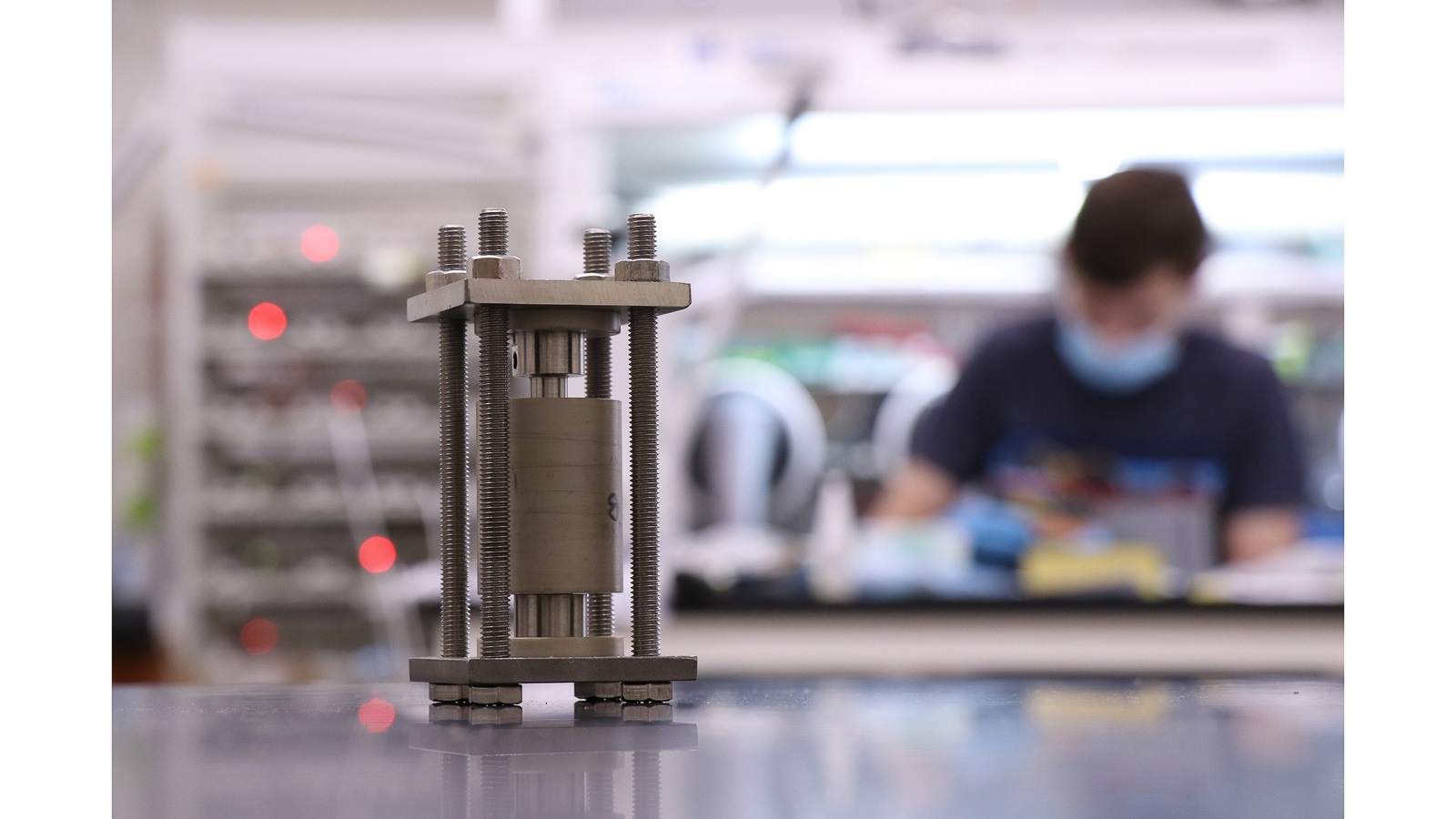
Inside the battery in 3D: Powerful X-rays watch solid state batteries charging and discharging
Using high-speed X-ray tomography, researchers captured images of solid-state batteries in operation and gained new insights that may improve their efficiency.
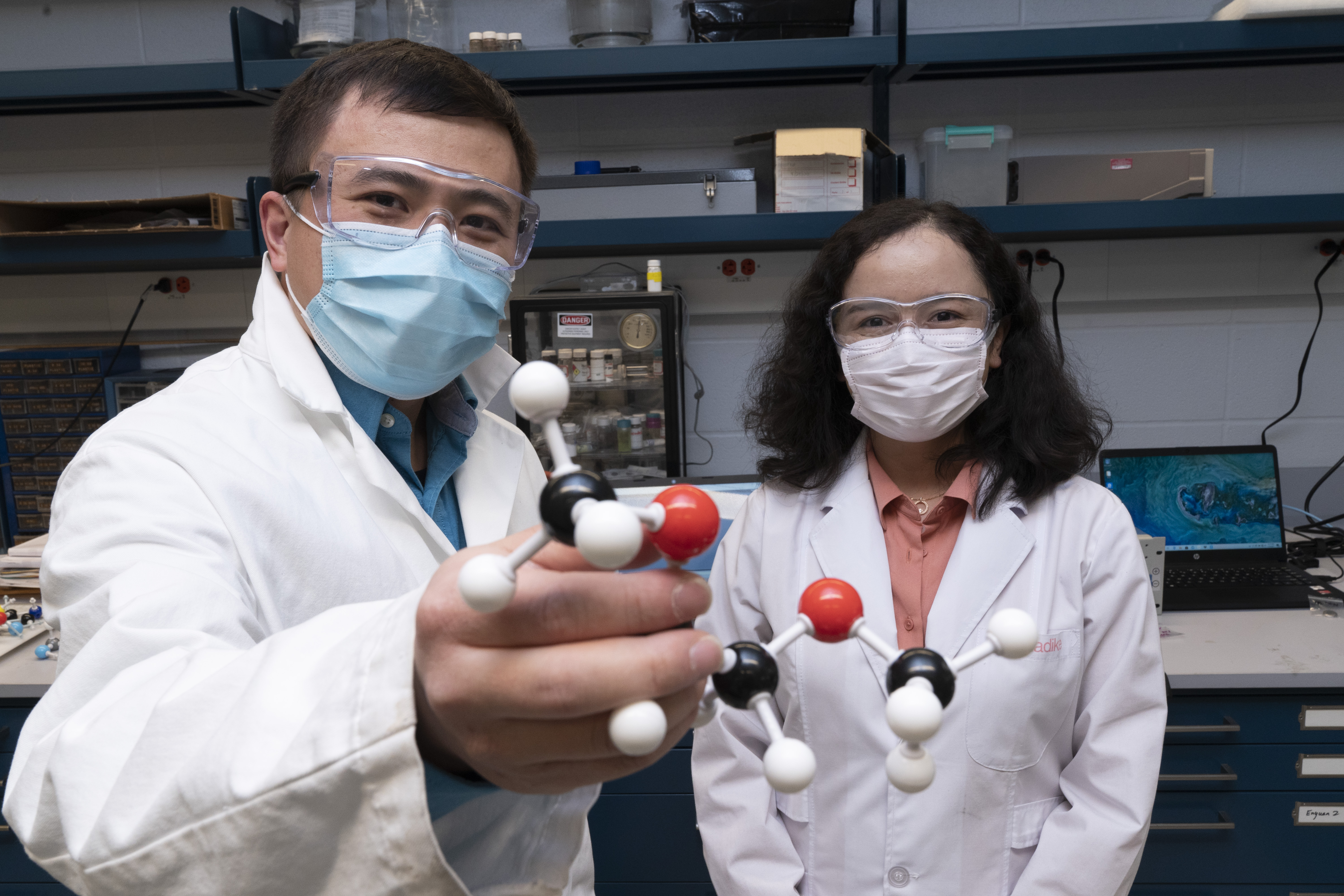
Chemists Settle Battery Debate, Propel Research Forward
UPTON, NY—A team of researchers led by chemists at the U.S. Department of Energy’s (DOE) Brookhaven National Laboratory has identified new details of the reaction mechanism that takes place in batteries with lithium metal anodes. The findings, published today in Nature Nanotechnology, are a major step towards developing smaller, lighter, and less expensive batteries for electric vehicles.
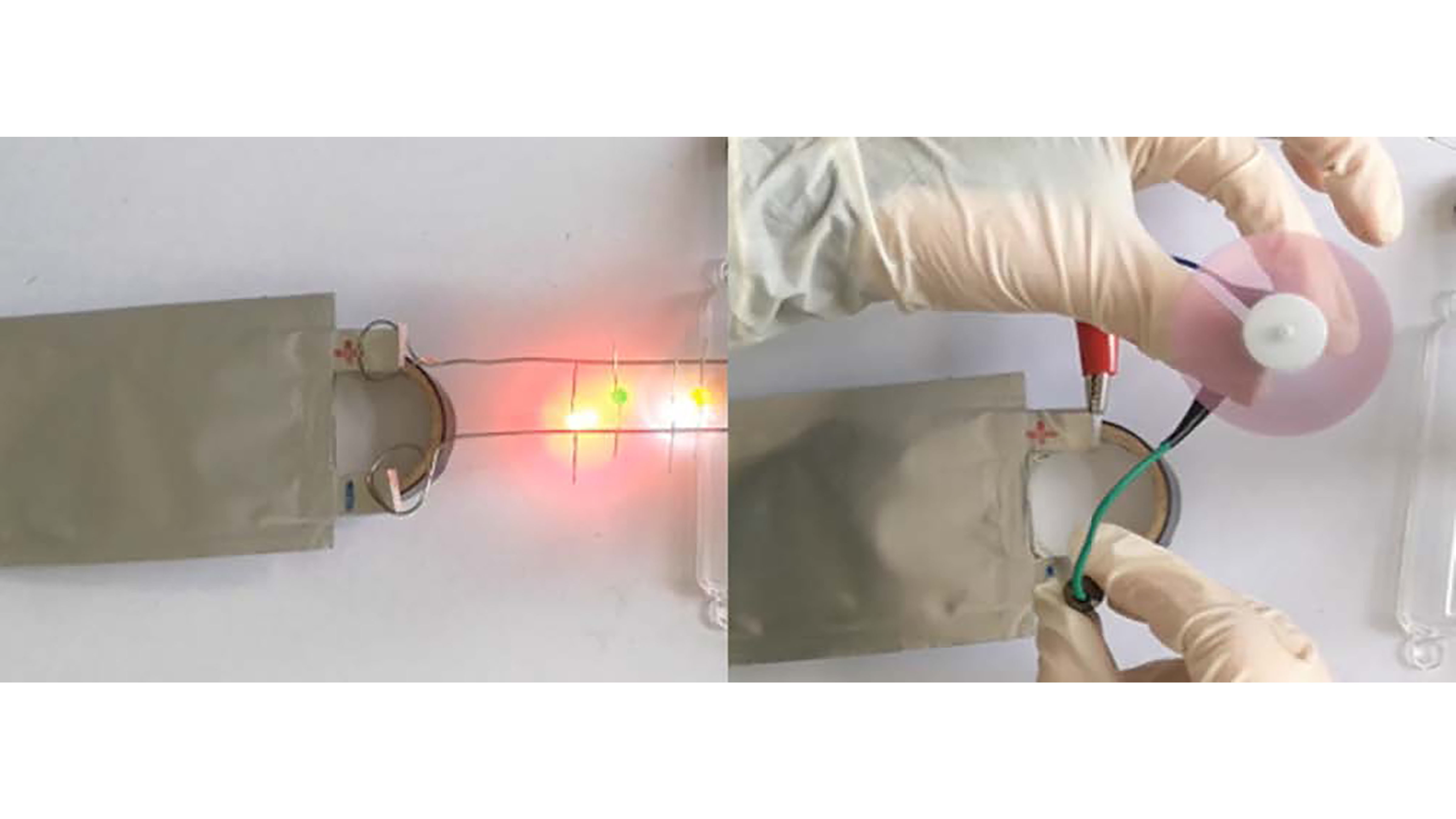
Can Sodium-Ion Batteries Replace Trusty Lithium-Ion Ones?
Sodium-ion batteries are a potential replacement for lithium batteries, but different anodes are needed for the same level of performance. Amorphous carbon is known to be a useful anode, because it has defects and voids that can be used to store sodium ions. Nitrogen/phosphorus-doped carbon also offers appealing electrical properties. In Applied Physics Reviews, researchers describe how they applied basic physical concepts of atomic scale to build high-performance anodes for sodium-ion batteries.
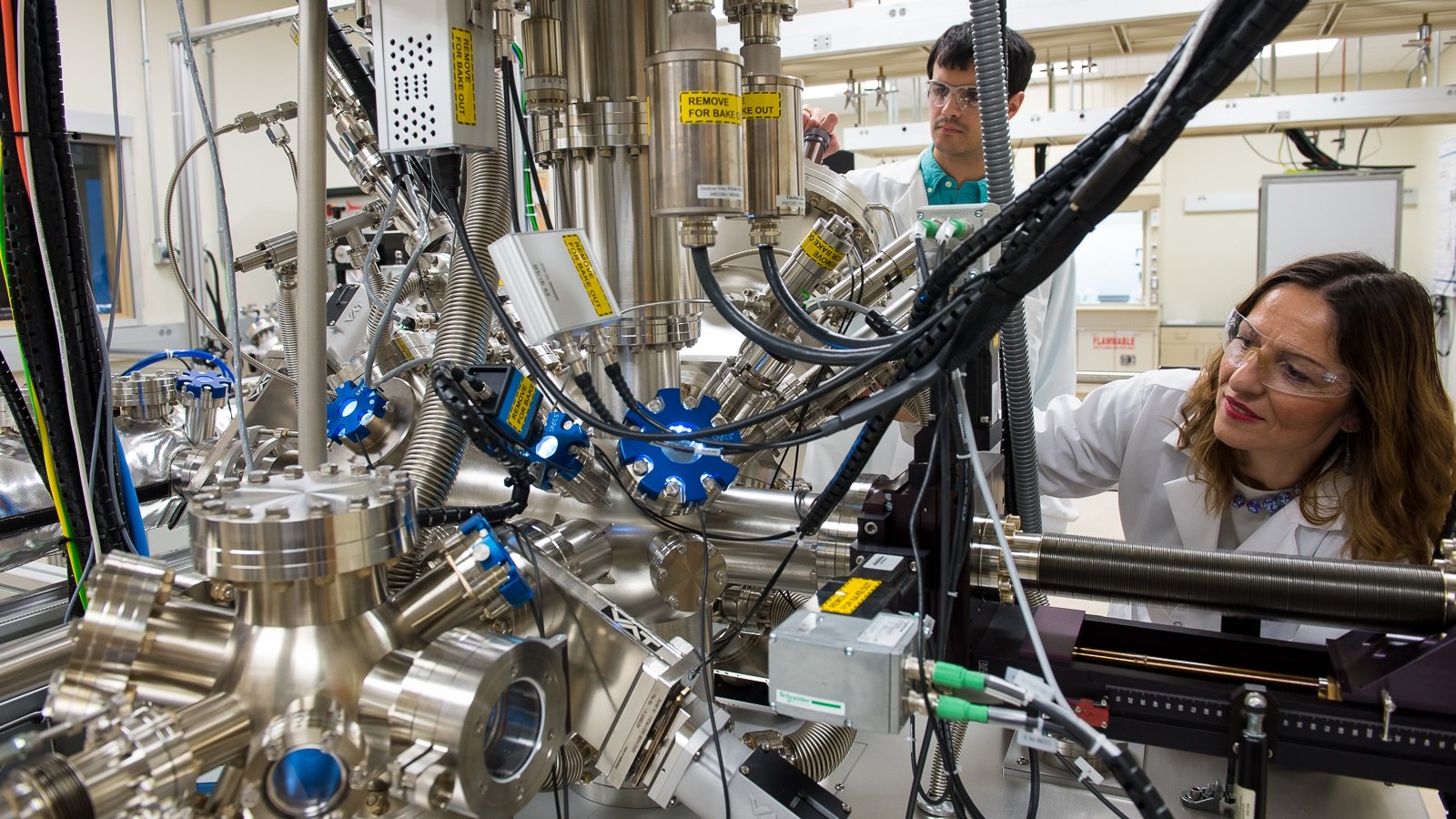
The continuing quest to find a better battery
Taking a look back at the paths taken by the Joint Center for Energy Storage Research.

High-rate Li-ion batteries demonstrate superior safety
As the inevitable growth of transport electrification continues, the types of batteries that will be used in such vehicles, their charging parameters, infrastructure and timeframes are key considerations that will speed up the transition to electrification.
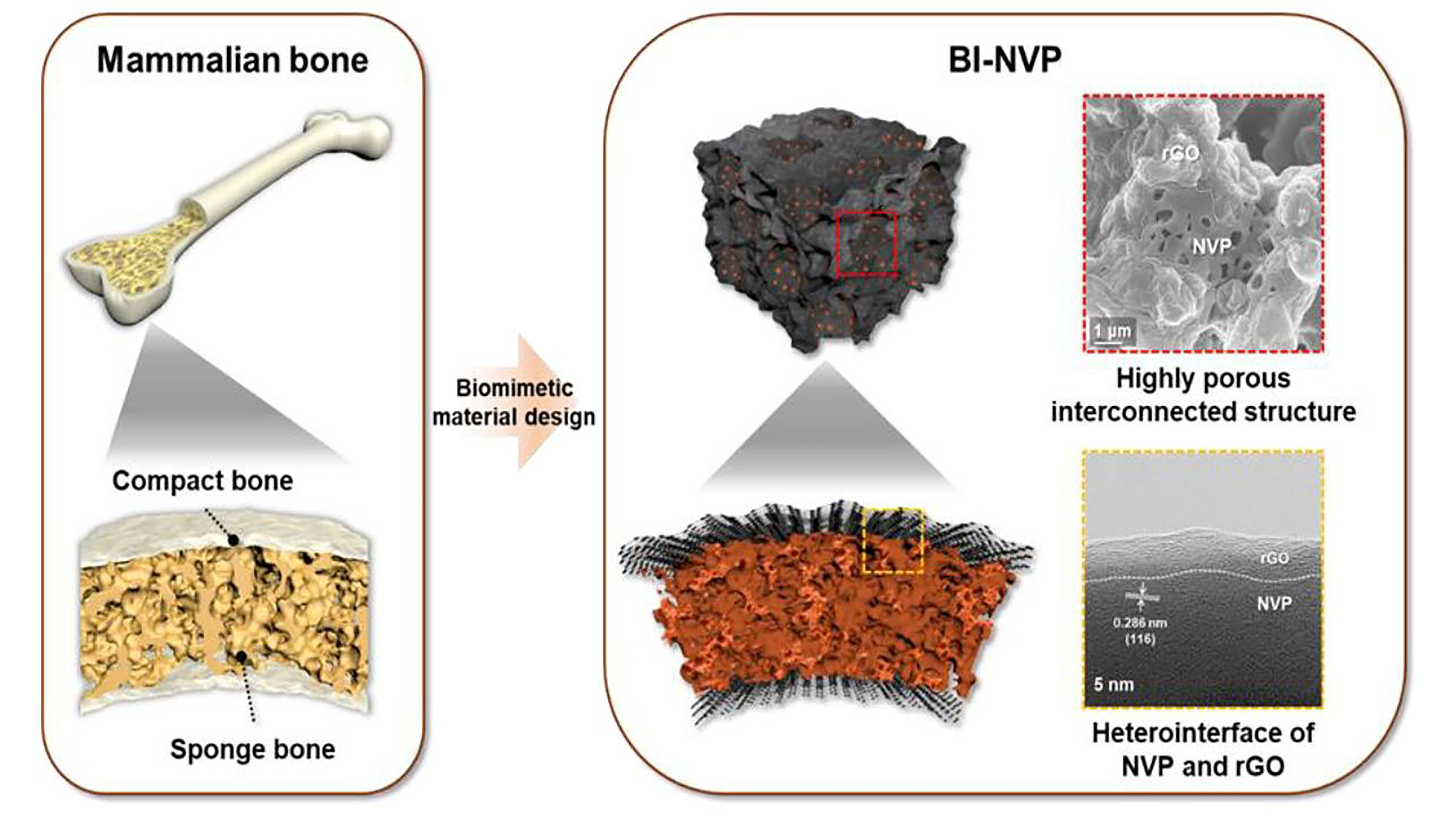
Batteries Mimic Mammal Bones for Stability
Sodium-ion batteries offer several advantages over lithium-ion batteries; however, it is difficult to develop sodium cathodes, materials through which electrons can enter a battery. Many candidate materials are unstable or cannot withstand high voltages. To find a solution, researchers turned to nature. They created a porous system of NVP structures, surrounded by a dense shell of reduced graphene oxide. They describe the mammal bone-inspired sodium cathode in the journal Applied Physics Reviews.

A flexible screen-printed rechargeable battery with up to 10 times more power than state of the art
A team of researchers has developed a flexible, rechargeable silver oxide-zinc battery with a five to 10 times greater areal energy density than state of the art. The battery also is easier to manufacture; while most flexible batteries need to be manufactured in sterile conditions, under vacuum, this one can be screen printed in normal lab conditions. The device can be used in flexible, stretchable electronics for wearables as well as soft robotics.

New ‘Genomic’ Method Reveals Atomic Arrangements of Battery Material
Scientists have developed a new way to decipher the atomic-level structure of materials based on data gleaned from ground-up powder samples. They describe their approach and demonstrate its ability to solve the structure of a material that shows promise for shuttling ions through sodium-ion batteries.
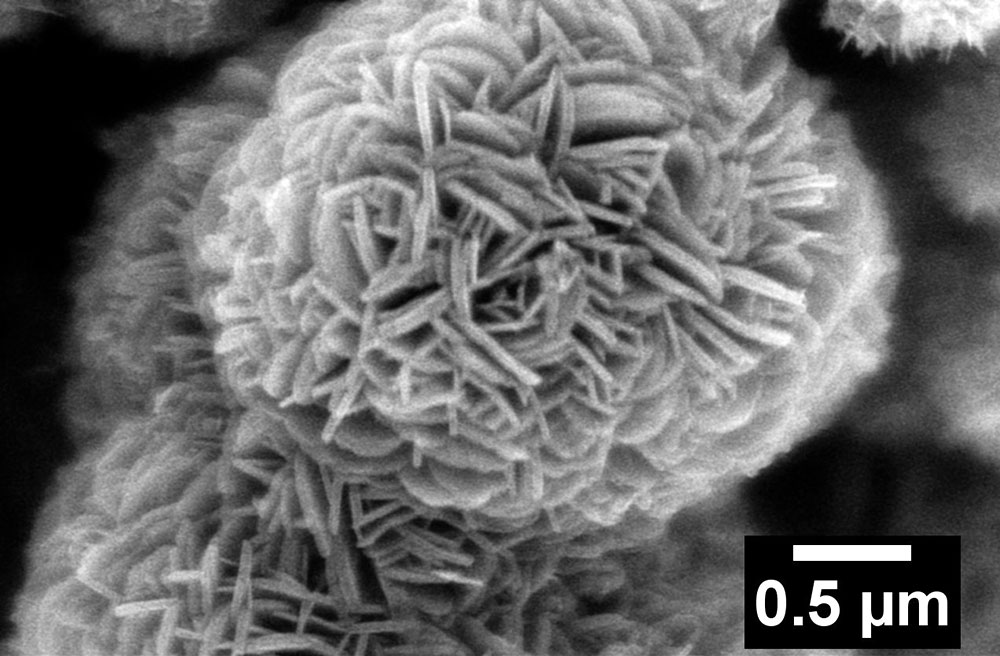
Lithium-Ion Battery Research “Flowers”
Scientists improved the performance of a battery electrode material with a unique flower-shaped nanostructure.

New Technique Extends Next-Generation Lithium Metal Batteries
Columbia Engineering researchers have found that alkali metal additives, such as potassium ions, can prevent lithium microstructure proliferation during battery use. They used a combination of microscopy, nuclear magnetic resonance, and computational modeling to discover that adding small amounts of potassium salt to a conventional lithium battery electrolyte produces unique chemistry at the lithium/electrolyte interface, and modulates degradation during battery operation, preventing the growth of microstructures and leading to safer, longer lasting batteries.
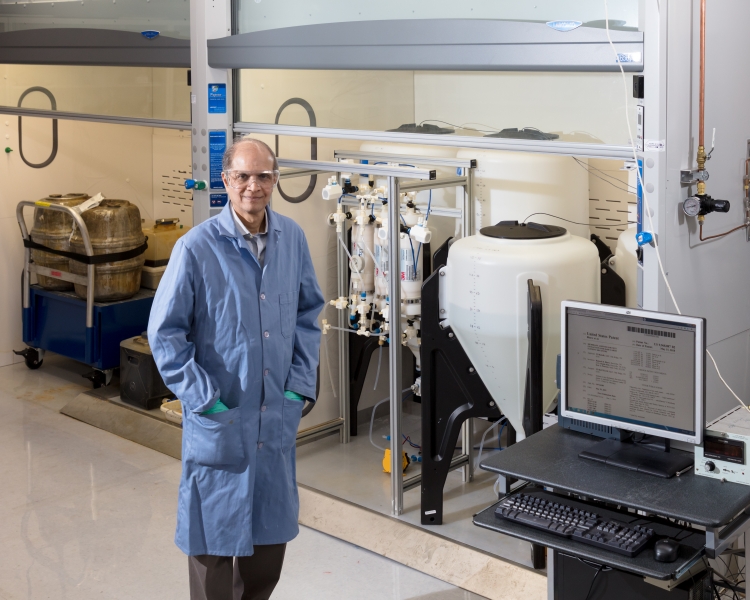
Process to recover metals from batteries licensed by Momentum Technologies
Momentum Technologies Inc., a Dallas, Texas-based materials science company that is focused on extracting critical metals from electronic waste, has licensed an Oak Ridge National Laboratory process for recovering cobalt and other metals from spent lithium-ion batteries.
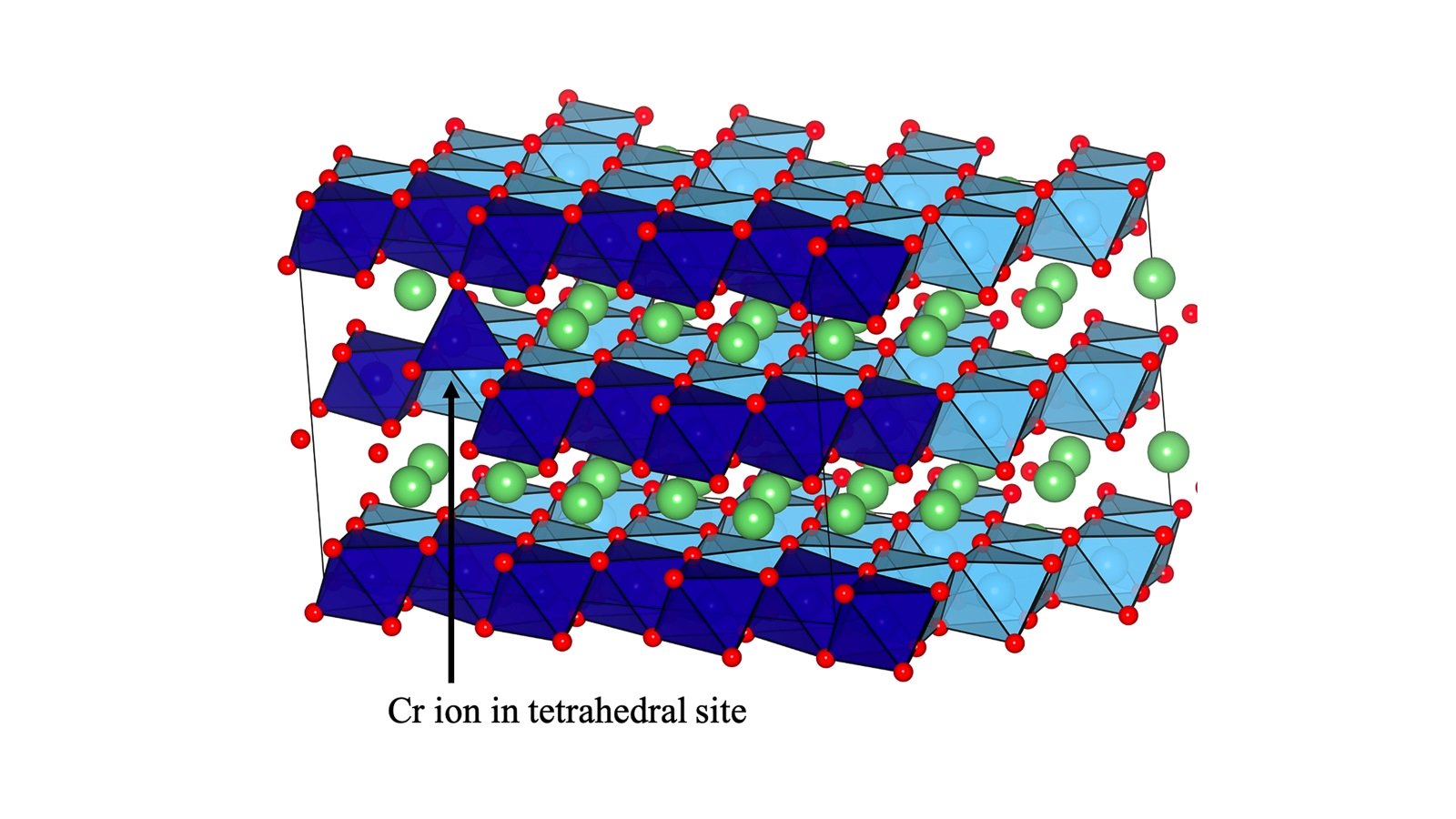
Argonne researchers target lithium-rich materials as key to more sustainable, cost-effective, next-generation batteries
Researchers are developing new ways to advance lithium-rich batteries and using new materials for practical use, according to researchers with the U.S. Department of Energy’s Argonne National Laboratory.
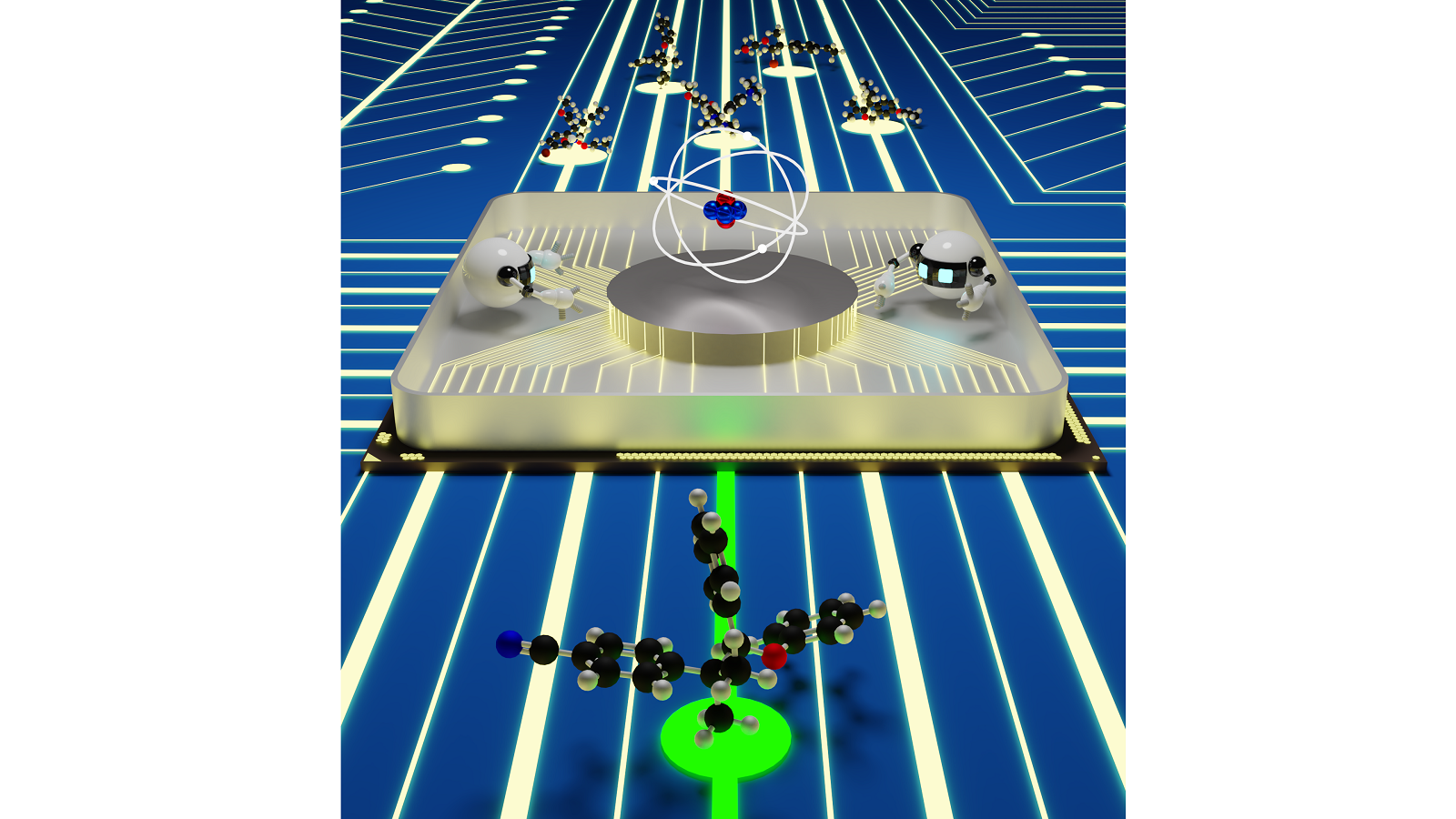
Active learning accelerates redox-flow battery discovery
In a new study from the U.S. Department of Energy’s Argonne National Laboratory, researchers are accelerating the hunt for the best possible battery components by employing artificial intelligence.

Argonne materials scientist Arturo Gutierrez named 2020 Luminary Honoree by HENAAC
Argonne materials scientist Arturo Gutierrez has been recognized by HENAAC, the national organization that honors Hispanic scientists and engineers.
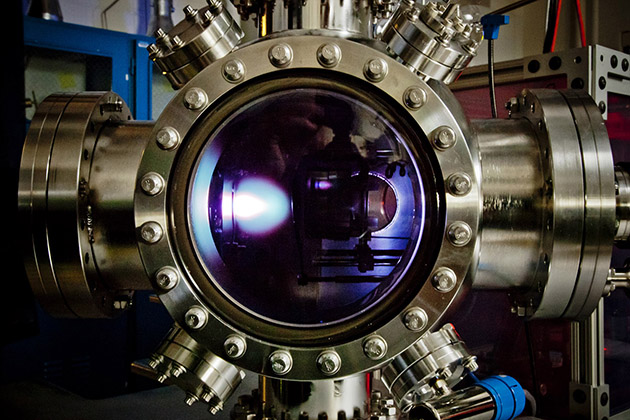
Toward an Ultrahigh Energy Density Capacitor
Researchers at Berkeley Lab and UC Berkeley have demonstrated that a common material can be processed into a top-performing energy storage material. Their discovery could improve the efficiency, reliability, and robustness of personal electronics, wearable technologies, and car audio systems.
Ultrafast lasers probe elusive chemistry at the liquid-liquid interface
Real-time measurements captured by researchers at the Department of Energy’s Oak Ridge National Laboratory provide missing insight into chemical separations to recover cobalt, a critical raw material used to make batteries and magnets for modern technologies.
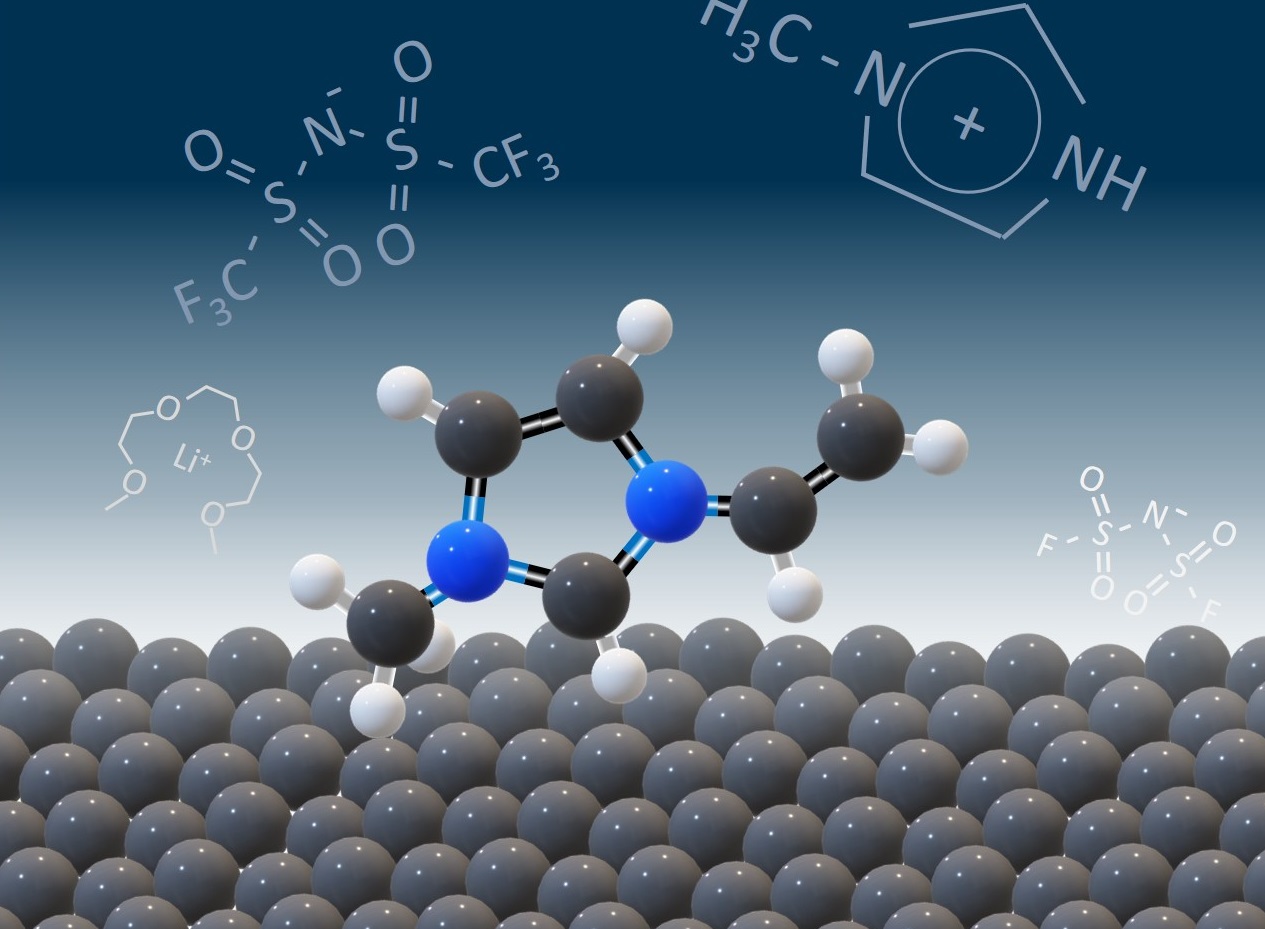
Safer, longer-lasting energy storage requires focus on interface of advanced materials
More studies at the interface of battery materials, along with increased knowledge of the processes at work, are unleashing a surge of knowledge needed to more quickly address the demand for longer-lasting portable electronics, electric vehicles and stationary energy storage for the electric grid.

The Electrochemical Society and Toyota Motor Engineering & Manufacturing North America, Inc. Announce 2020-2021 Fellowship Winners for Projects in Green Energy Technology
Prof. Dr. Shoji Hall, Prof. Dr. Piran Ravichandran Kidambi, and Dr. Haegyeom Kim have been awarded the 2020-2021 ECS Toyota Young Investigator Fellowships. Through this, ECS and Toyota aim to promote innovative and unconventional technologies borne from electrochemical research. The fellowship encourages young professors and scholars to pursue innovative electrochemical research in green energy technology.
$345K NSF grant to fund research to modify paper electronics to make them stretchable
A three-year, $345,000 grant from the National Science Foundation will fund research at Binghamton University, State University of New York that seeks to modify paper’s mechanical properties while still retaining its advantages.
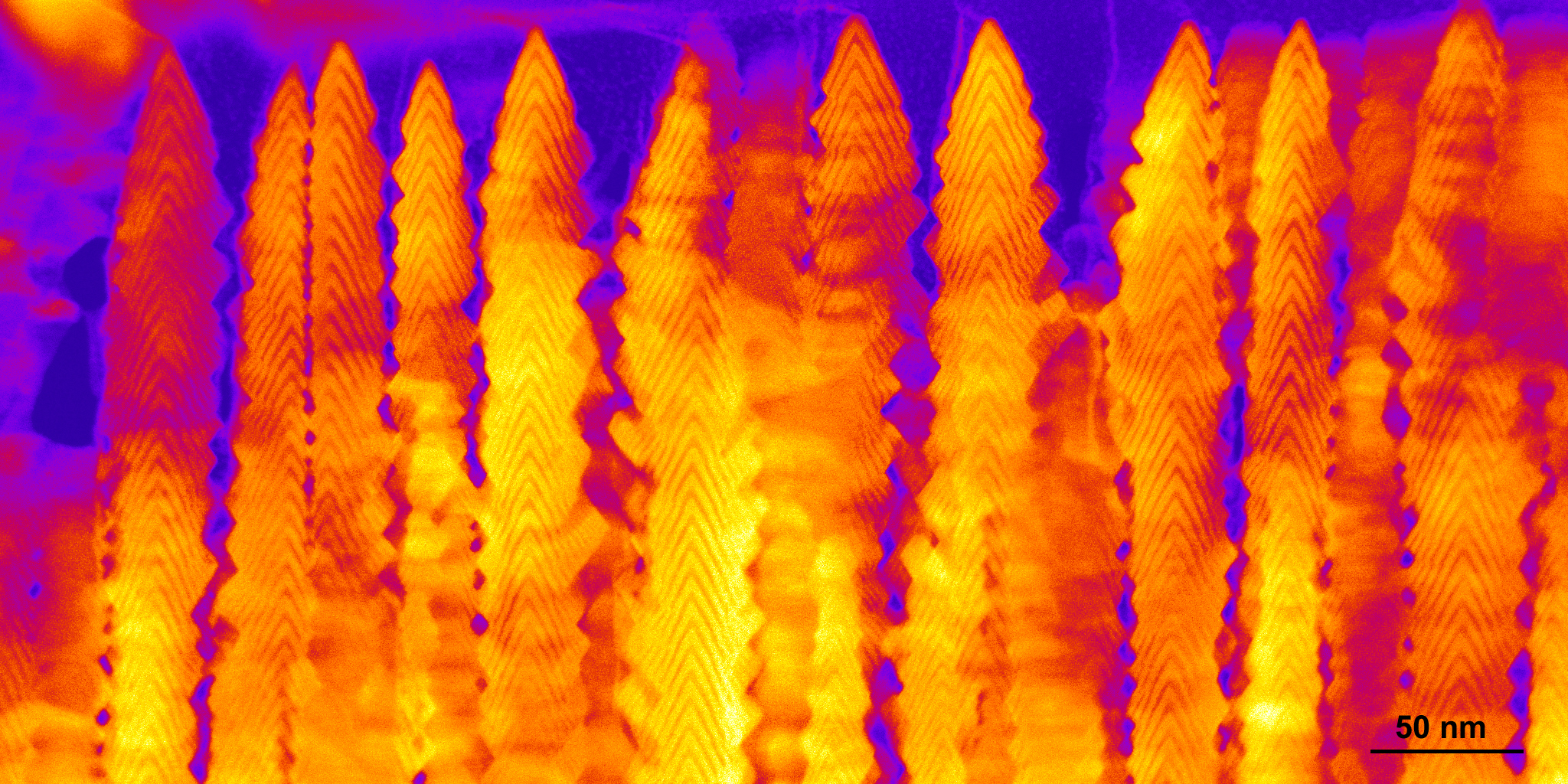
Crystalline ‘nanobrush’ clears way to advanced energy and information tech
A team led by Oak Ridge National Laboratory synthesized a “nanobrush” structure with high surface area and discovered how its unique architecture drives ions across interfaces to transport energy or information.
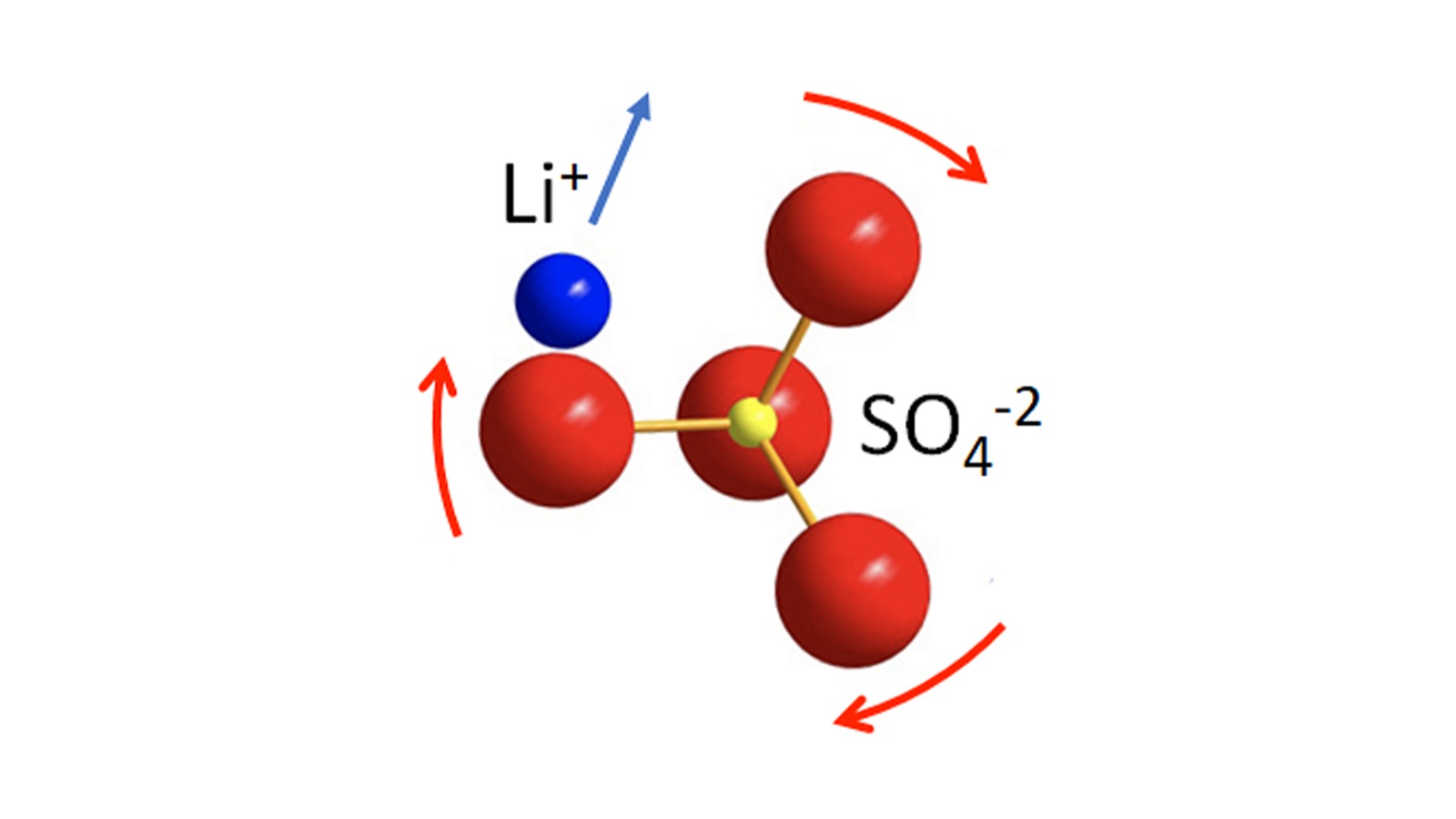
JCESR lays foundation for safer, longer-lasting batteries
Researchers sped-up the motion of lithium ions in solid-state batteries using the paddlewheel effect.
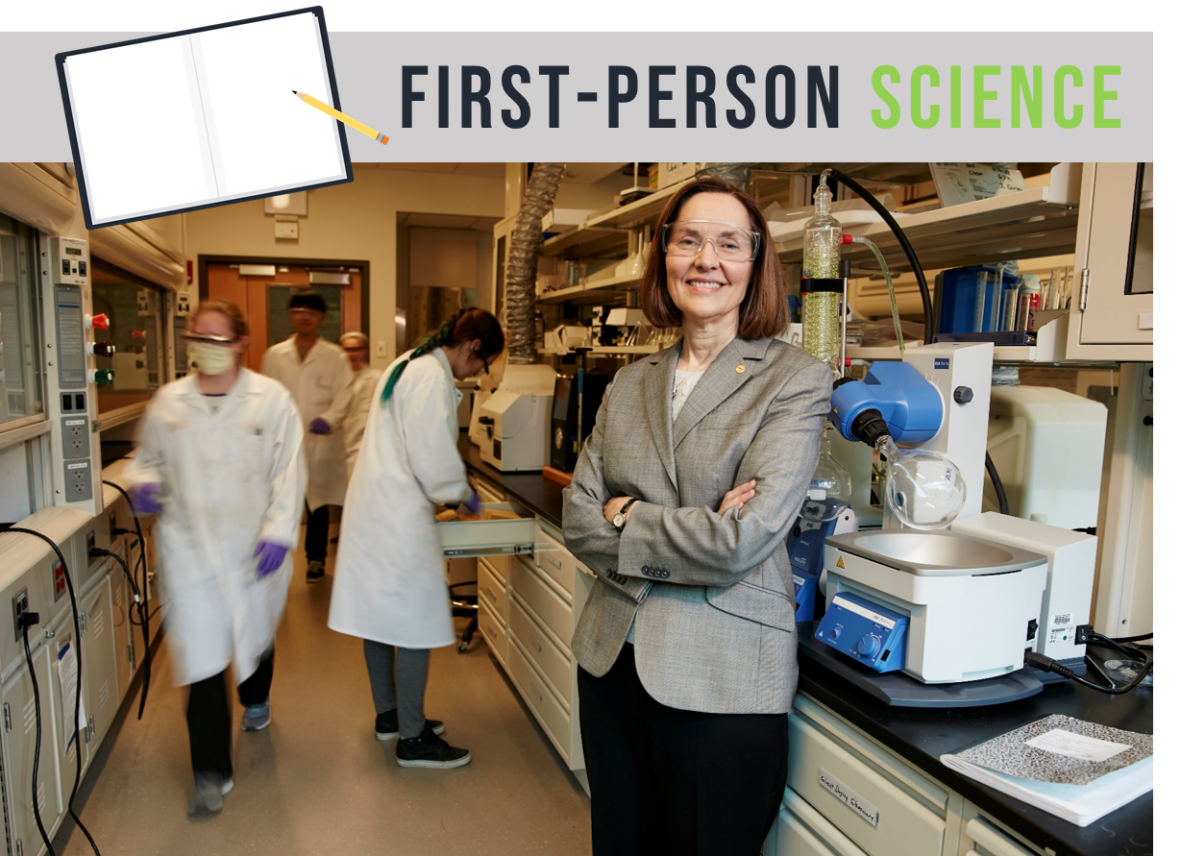
Esther Takeuchi on Batteries
In the First-Person Science series, scientists describe how they made significant discoveries over years of research. Esther Takeuchi is a professor at Stony Brook University and the director of the Center for Mesoscale Transport Properties, a Department of Energy Office of Science Energy Frontier Research Center.

Story Tips: Mining for COVID, rules to grow by and the 3D connection
ORNL story Tips: Mining for COVID, rules to grow by and the 3D connection

Computer vision helps SLAC scientists study lithium ion batteries
New machine learning methods bring insights into how lithium ion batteries degrade, and show it’s more complicated than many thought.
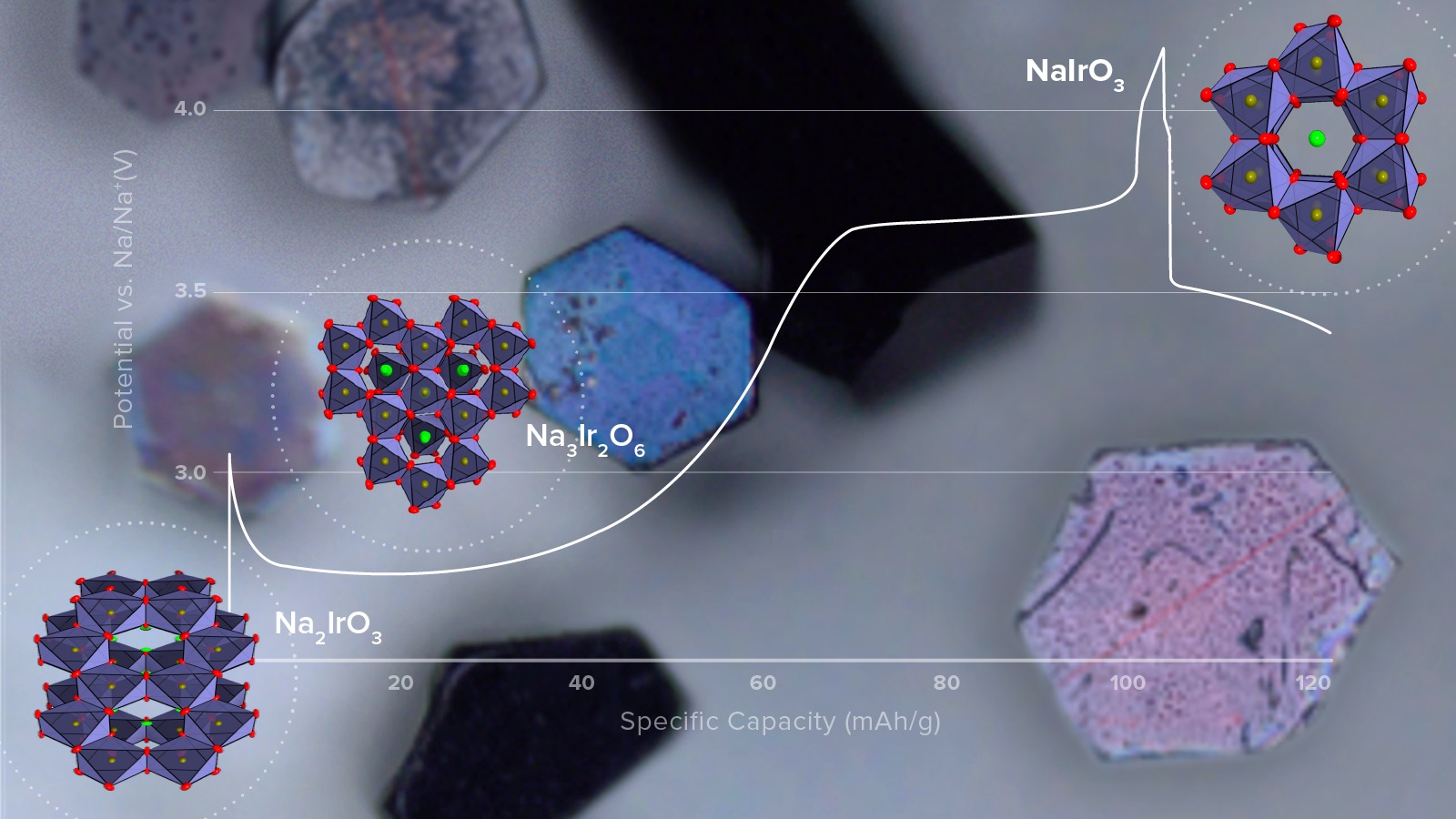
Crystal power
Scientists at the U.S. Department of Energy’s Argonne National Laboratory have created and tested a single-crystal electrode that promises to yield pivotal discoveries for advanced batteries under development worldwide.
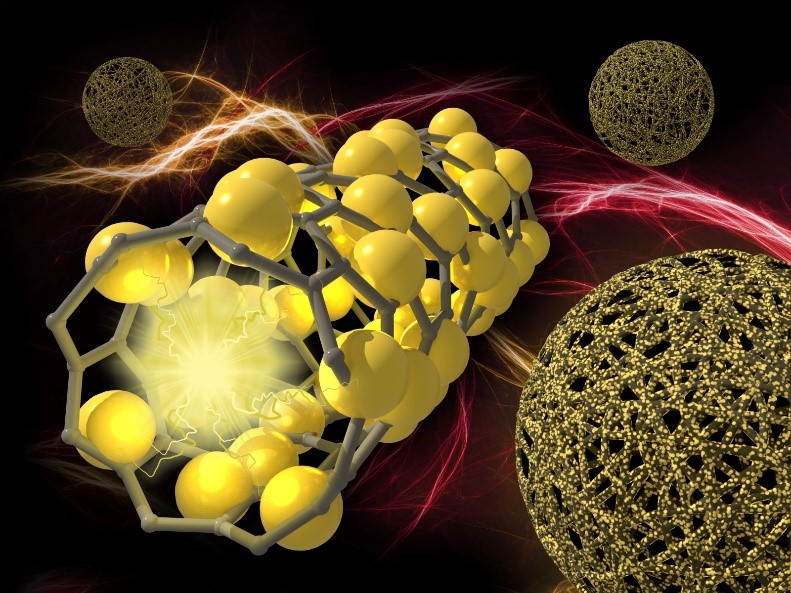
A Leap in Using Silicon for Battery Anodes
Scientists have come up with a novel way to use silicon as an energy storage ingredient. They’ve developed a nanostructure incorporating carbon nanotubes to strengthen the material and modify the way silicon interacts with lithium, a key component in batteries used in electric cars and other devices.
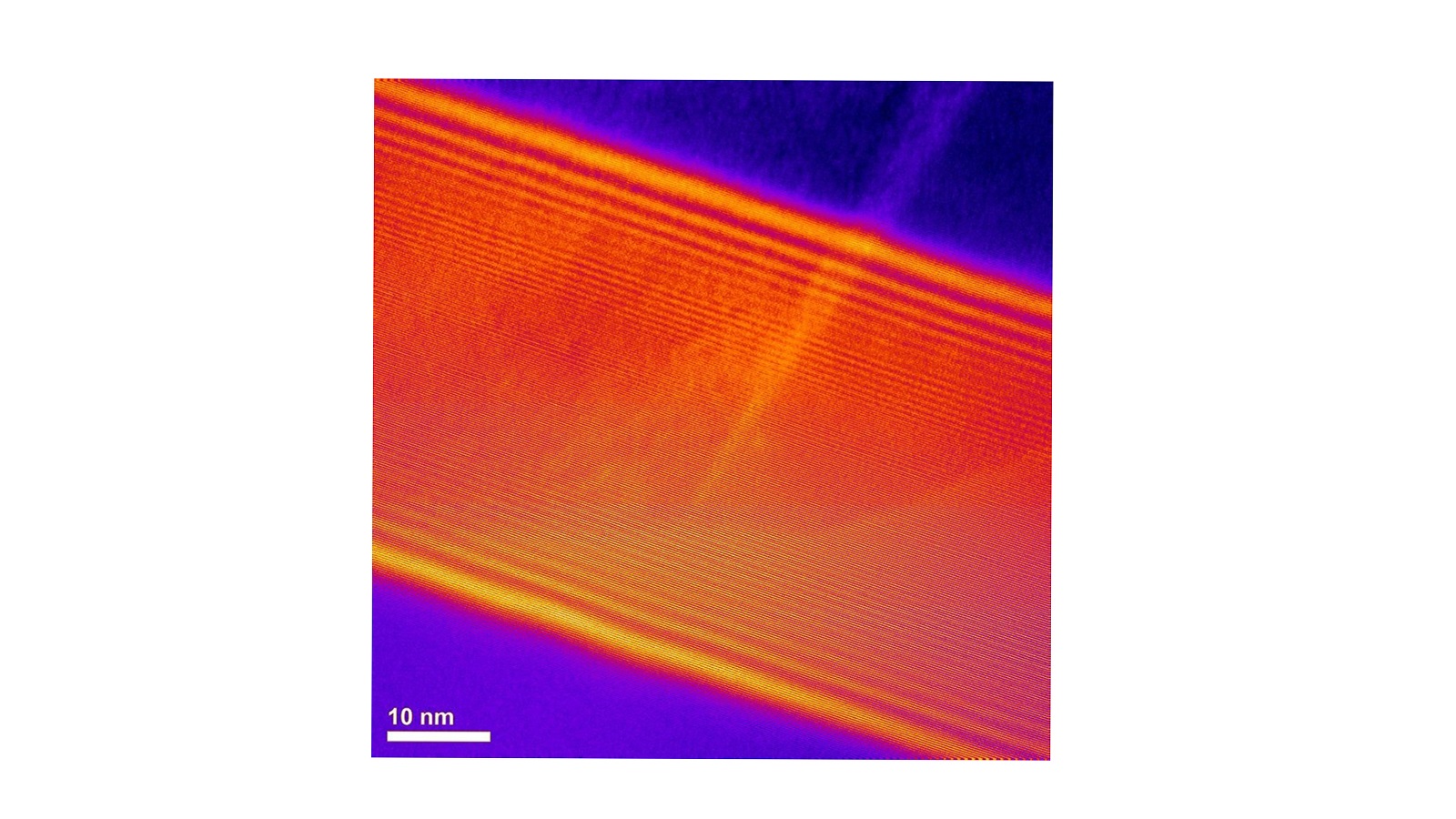
Scientists uncover major cause of resistance in solid electrolytes
Scientists investigated grain boundaries in a solid electrolyte at an unprecedentedly small scale. The resulting insights provide new avenues for tuning chemical properties in the material to improve performance.